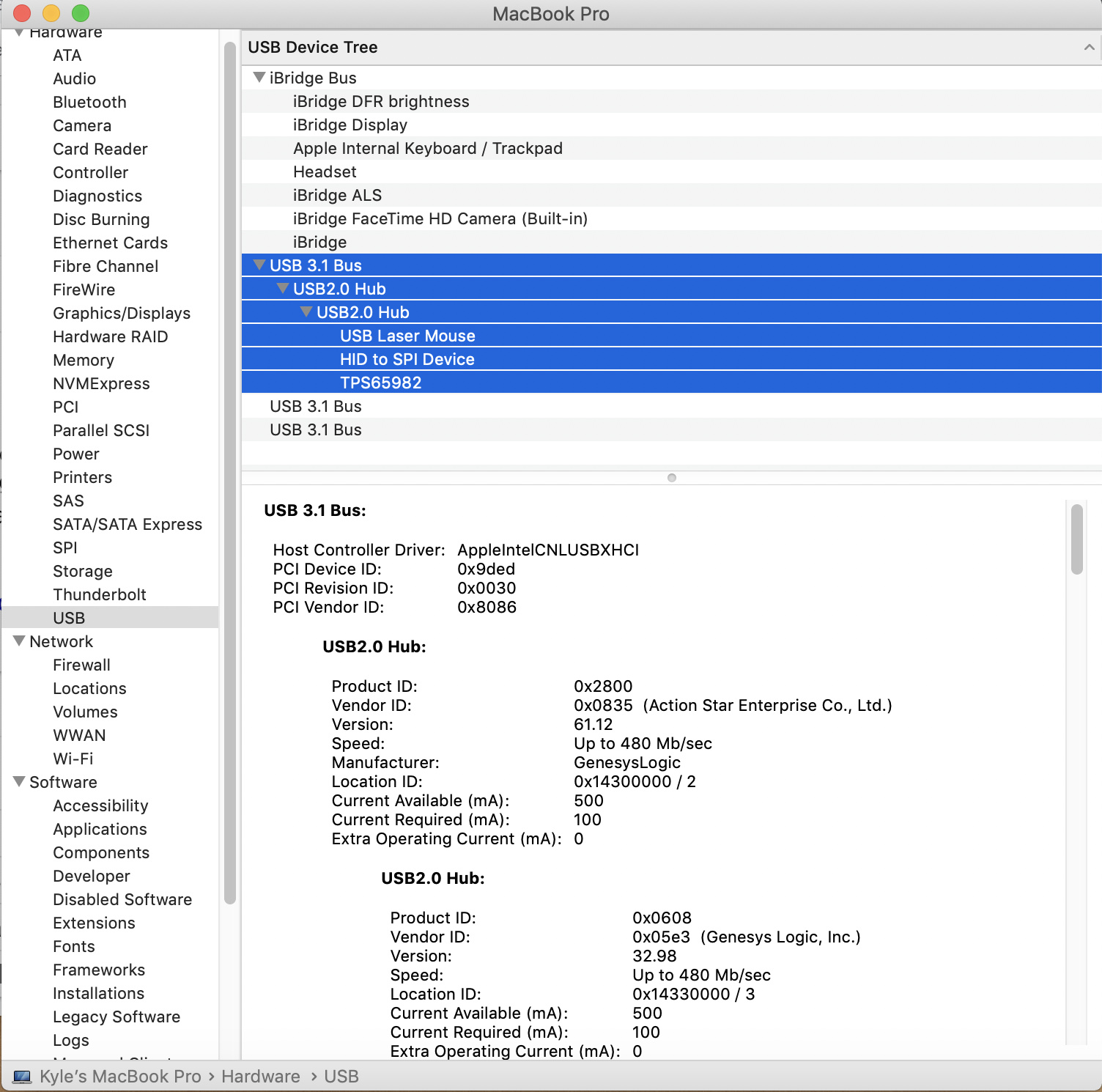

In this case you may be able to find enough information on the web to make similar driver in your MCU.

However there is a big chance that your device uses CDC class to create virtual COM port with help of built-in Usbser.sys driver.

Normally, this would be true for a Vinculum chip that you discovered yourself too. This means that even if you find MCU that has both BLE and USB Host hardware, you still have to write a driver to talk to your device. For example many USB-to-UART chips, including very common FT232R, do need their own drivers installed on Windows. Just because your device appears as virtual serial port does not mean it uses some universally recognized protocol. Too bad, because it makes a difference between "relatively simple" and "very hard".įirst thing to understand, is that in order for host to convert USB device into UART port it needs device driver that knows exact protocol used by device. BTW this was the first question asked you in the comments, and you ignored it. It all depends on the USB class that your device uses to communicate. Here is the best approach by now (but costs the double of the ESP32 itself):ĮSP also have ESP32-S3 that includes USB OTG but does not include Bluetooth, so no luck here.ĭoes anyone know a better approach to facilitate the USB host communication I need?Īs other people said, this is not a trivial task. I was looking for a simple converter like the FTDI that appear in most arduino boards, but in the other direction. But they all need to be programmed (for that I have to include one more connector to the board, maintain one more source code, they are all more expensive then the ESP32 itself, among other issues). There are a few processors that include USB host peripherals (including a few FTDI ones). This way I can setup such device without a computer. I'm trying to create a board that will include an ESP32 that will connect to an App in my Phone using Bluetooth and the UART serial output of the ESP should "appear" into an USB-A connector that will then be connected to former device. I have a device that includes an USB-B port and, when connected to a computer, it appears as a virtual serial port and I can send AT commands to it.


 0 kommentar(er)
0 kommentar(er)
